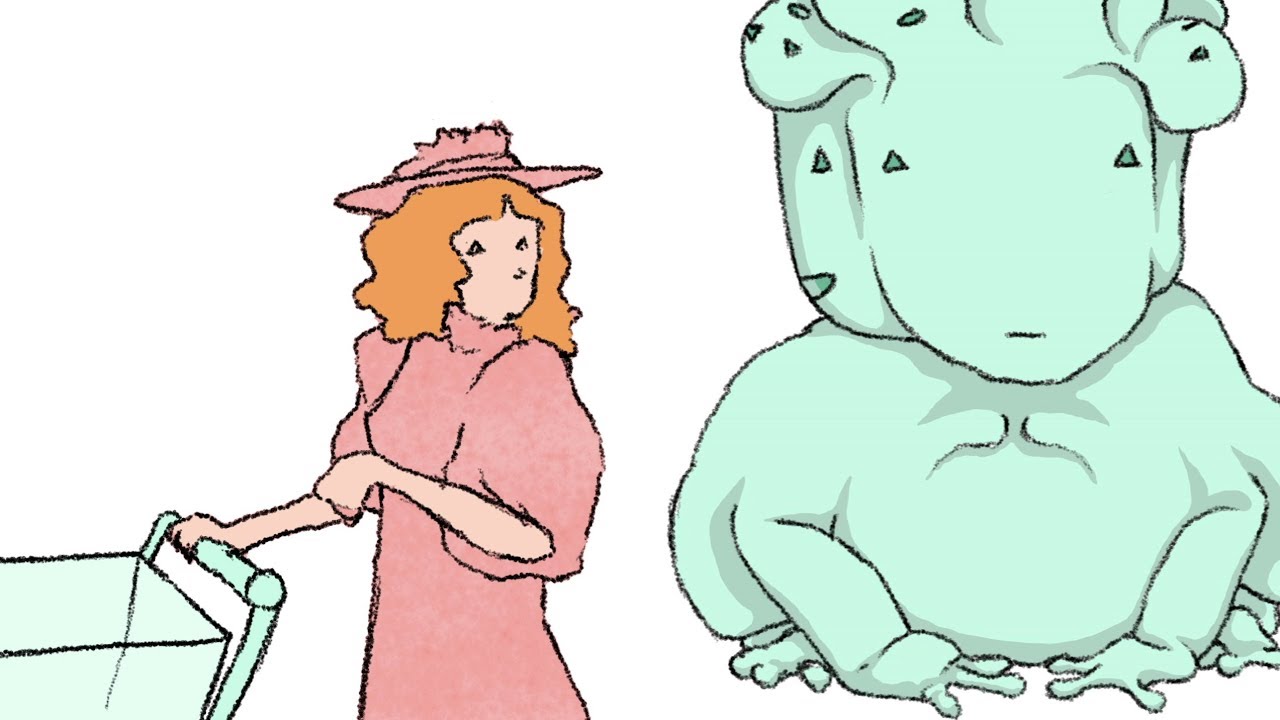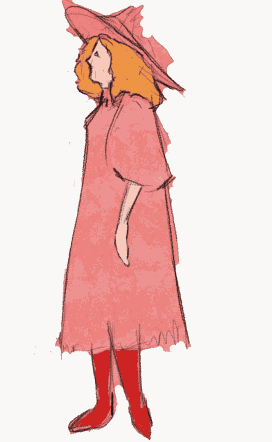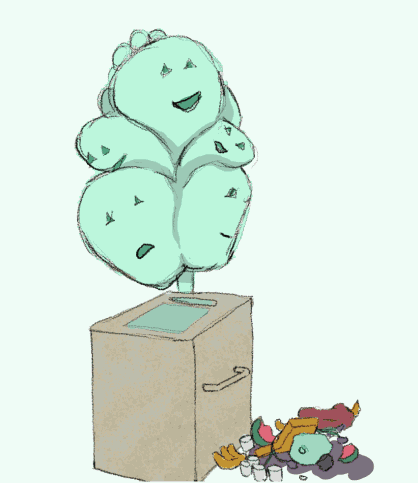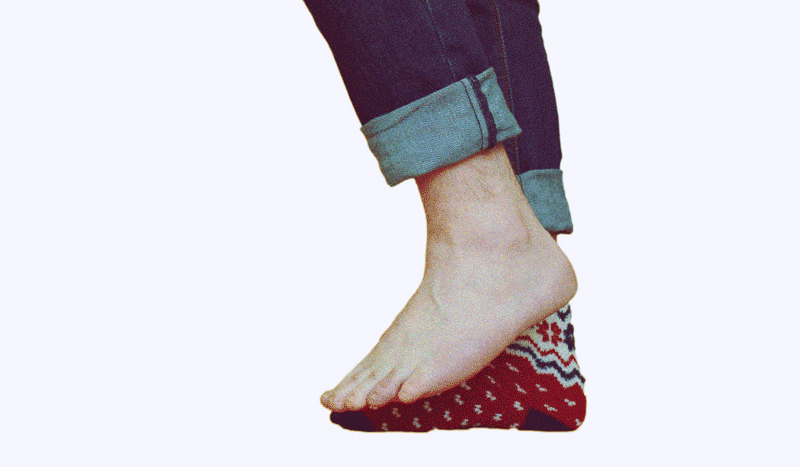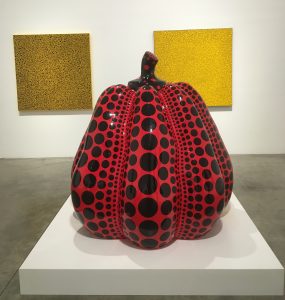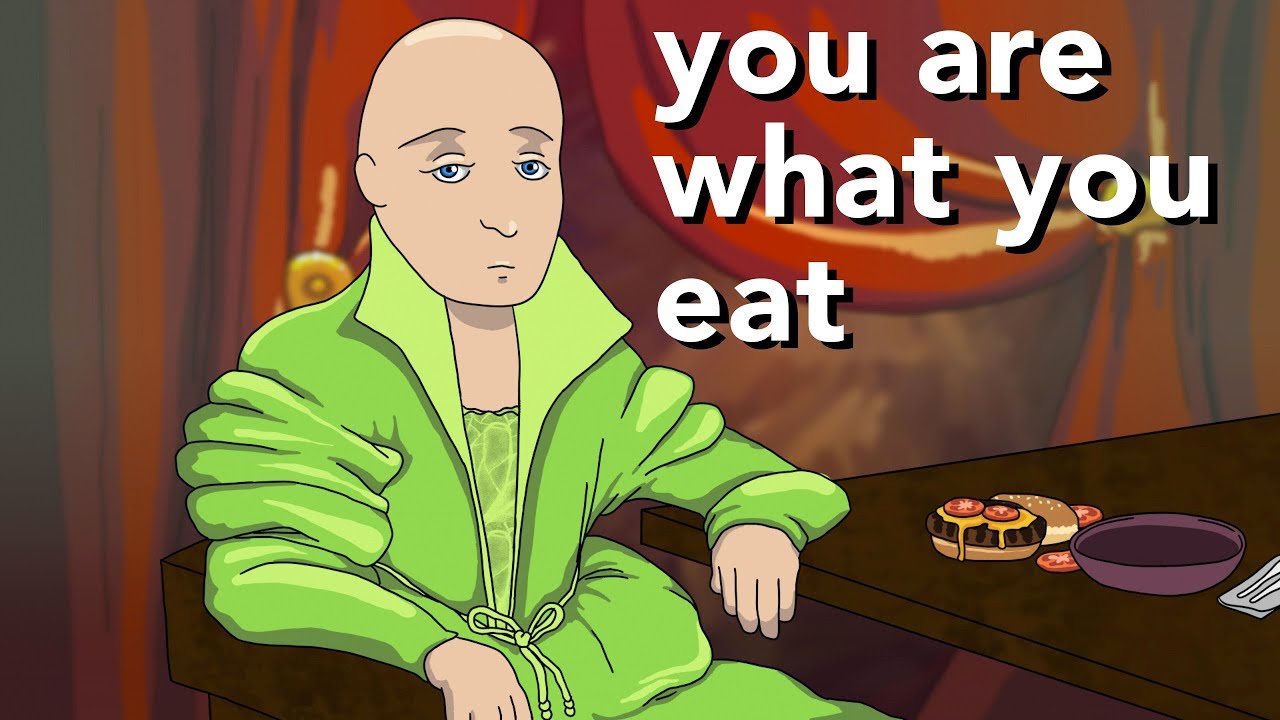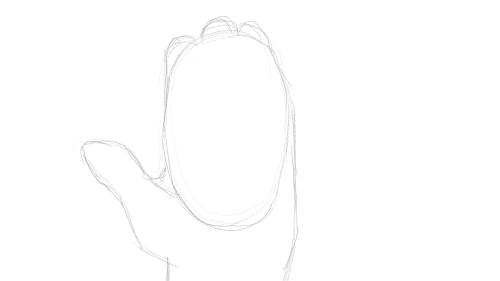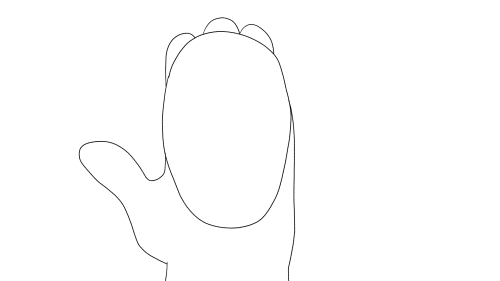Netflix is going to pay AT&T $100 million to keep the TV show Friends on Netflix for another year. To me, this encapsulates the theme of the year 2018: that this whole situation isn’t going to last forever, people! Twenty-eighteen was the year of we collectively realized (or at least, should have realized) that everything “good” (so to speak) cannot be acquired or maintained or appreciated by flippant means; that if it was easy to get a thing, it will be just as easy to lose that thing; that these free-for-all avenues of the internet are about as reliable as a cardboard box lost and found at an old church closed for the afternoon; that all these monolithic companies you can count across your fingers running the whole dang thing actually are not run by good people with your best interests in mind.
(You can probably buy the entire series of Friends on DVD for $2 at a yard sale if you look hard enough. Does Netflix know that?)
I’ll try not to sound too much like an anarchist here (burn the whole thing down!), so I digress. My flat is cold. Sometimes I have to work from home and the table I sit at has a metal base that I rest my feet on and the metal gets cold. The other day I went on Amazon and searched for “fuzzy socks” because just “socks” is going to give you, well, socks, and something “thermal” or “extra warm” is going to give you those thick sort of mountain-man socks I don’t want. The first result for “fuzzy socks” I get is this:

The official name for this sponsored item is “WYTartist Women Fuzzy Winter Socks Super Soft Warm Microfiber Slipper Socks Home Socks Boot Socks”. The item description brokenly says, “It’s so comfortable that make you feel you are walking on the cotton.” Well, I would hope so! The tirade of SEO’d-to-hell sentences ends with this sign-off: “Warm feet, warm hearts. Wish you have a good mood from sole everyday!”
The next highest, non-sponsored listing is for a chunky knit set of socks, advertised with moderately better English, and a customer review that says, “We also use them on our four donkeys, to keep their lower legs warm in the winter.”
I still haven’t decided on a pair, so my feet remain cold. The guy who runs this website is the richest human being on the planet.
We used to treat these things as novelty. Oh, how weird that I can order a book, a humidifier, and a back scratcher, and have them all arrive together on my doorstep the next day. Oh, how weird that I can watch basically any movie in existence at any moment. Oh, how weird that the host of the Apprentice and his pornstar wife might end up running the country. All without remembering that how we treat things determines how we are treated by them. If you are flippant with it, it will be flippant with you. The catastrophe reached its peak this year.
Everything feels like it exists on a shoestring. I’d say more than half of the conversations I have with people have their genesis in a condensed headline someone read in a tweet. I can’t click the full article because of the NYT paywall or WP paywall or the LA Times just flat-out blocking their site for everyone in the EU and if I do manage a way to actually read the whole thing (usually it involves banging Ctrl+A, then Ctrl+C before the paywall comes up, then pasting the whole janky text into a Word doc and reading it from there… tips of the trade), there’s a fifty-fifty chance it’s an article that’s already out of date, been better reported elsewhere, or turns out to be just a puffy opinion piece with as much factual information as what I’m writing now; or it’s about MUELLER. Oh jeez, not Mueller. Where, what, and when is Mueller? Is it Mueller like “mule her” or “molar”? Why is he in a perpetual state of coming?
It was as if this year all the “platforms” came alive with a midlife crisis zombie energy and decided they didn’t want to be just the platforms like this anymore. I remember I used to have whole conversations in the comment threads of photos posted to Facebook back in silly high school days, before it became invaded by Brexit Trumps Bezos Rodham Rohingya memes in all their pixelated terror. Suddenly Facebook and Twitter took the liberty of telling us what was news and what wasn’t, and what was news turned out to be whatever someone could finagle out of the system with enough money. And in 2018, they finally had the capital and leverage to do it completely unabated.
Did they not know they were always going to be just the platform? A bulletin board is always going to exist, whether it be on a Facebook or a telephone pole. A marketplace is always just a marketplace. Blockbuster never really went away. The Amazon, however is rapidly being deforested.
Permanence, or at least the sensation of permanence is important. If you create something, whether it be a novel or a note to a friend or a knitting tutorial, you want to see it existing. I used to be so confident in all the advances made in sharing, streaming, ordering, and friending that I took basic communication for granted. So much so that whenever the rug got gently tugged out from under me—YouTube tweaking its algorithm or every computer program switching to monthly subscription models or my US bank account being virtually inaccessible because I don’t have a US phone number which is ridiculous by the way—it feels like a violation, and then an embarrassment on top of that because how could I invest even an iota of feeling into what a billionaire half-heartedly thought up one day in the 90s? (Yes, half-heartedly. It only takes hubris, not genius to put a grocery store or a telephone pole or a radio or a taxi on the internet. Nothing else. We should only treat these things as revolutionary in how much they have hindered, negated, and prevented human connection; how much they have made life less.)
So one of my goals for the next year is to be less of all that. I don’t mean doing some grand tech-free disconnect, no, not quite, but at least an elimination of its grandeur. I want to limit my support of these companies intent on hooking me with their good intent, their determination to determine what is good for me in the first place.
I want to say I’ll be reading physical newspapers or sending letters to friends, something very twee, but that’s not quite right either, is it? Maybe it’s figuring out a careful balance between those extremes of feeling. Maybe it’s not seeing connection or disconnection as something so polarized. Maybe I’ll let you know.
